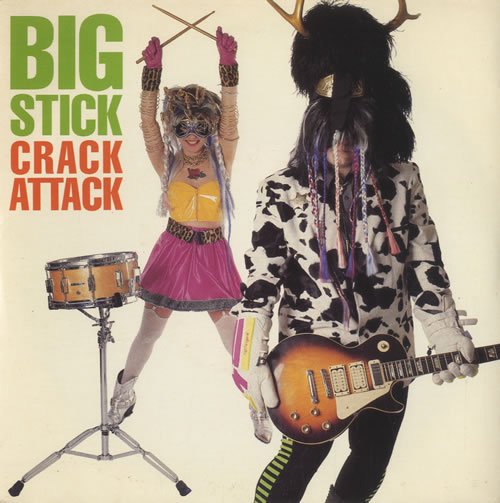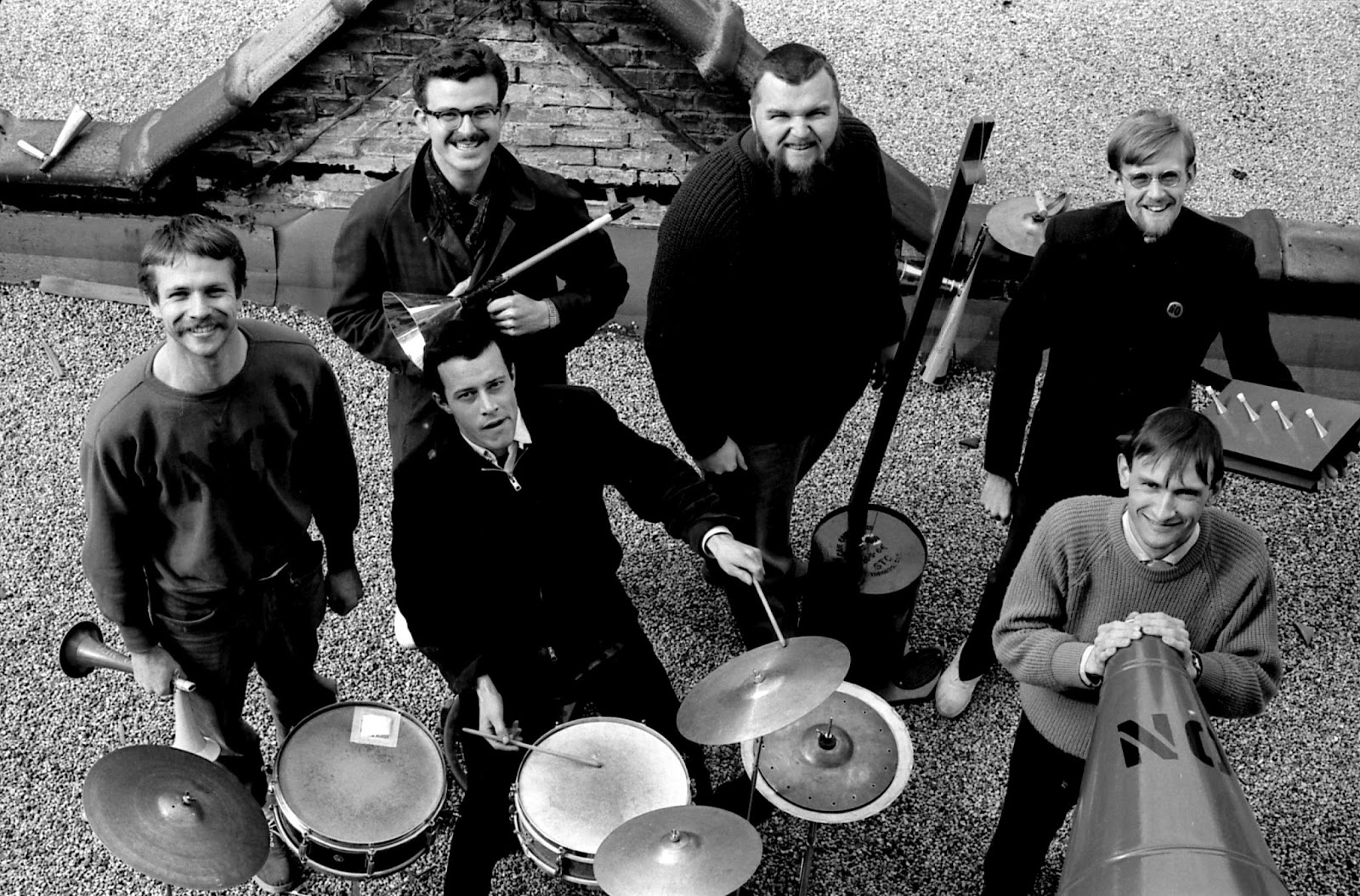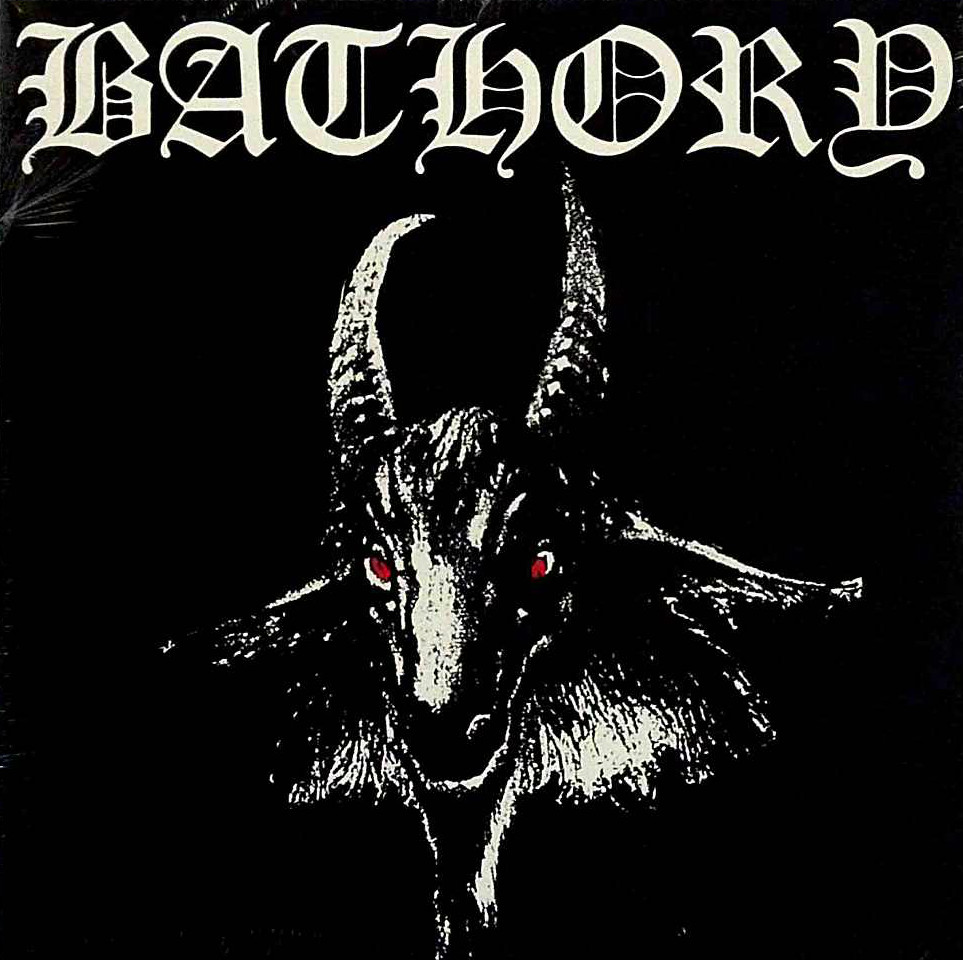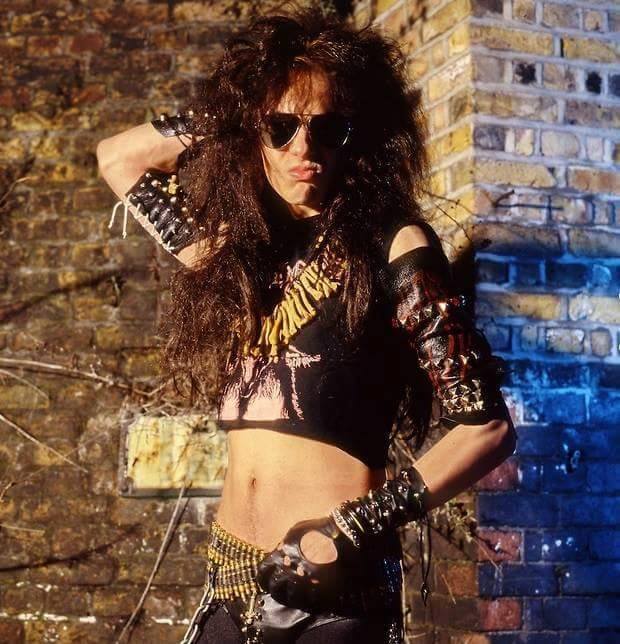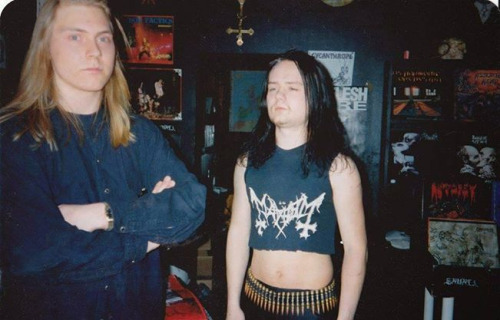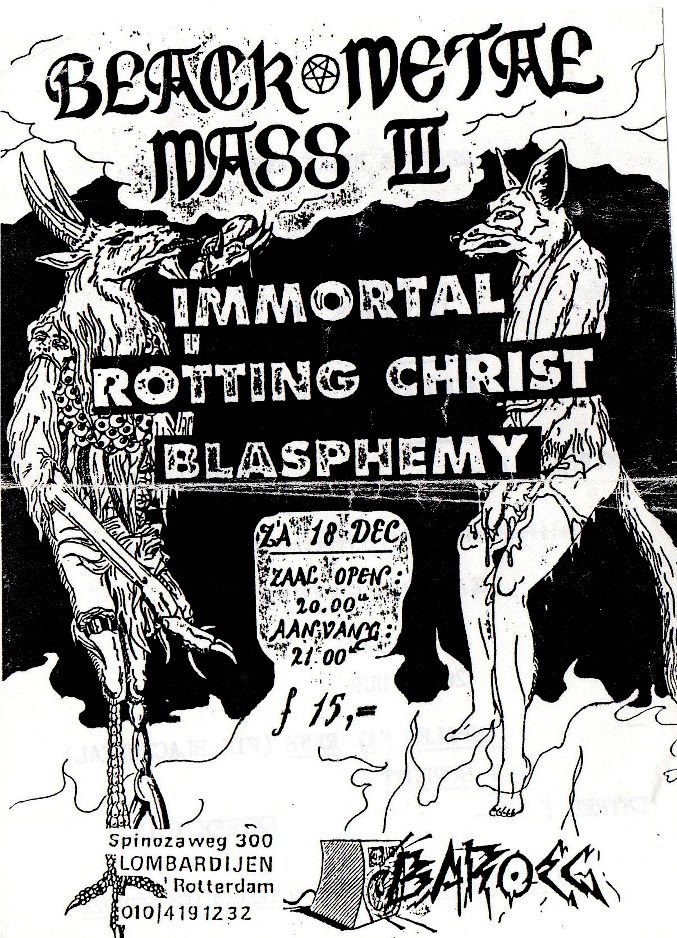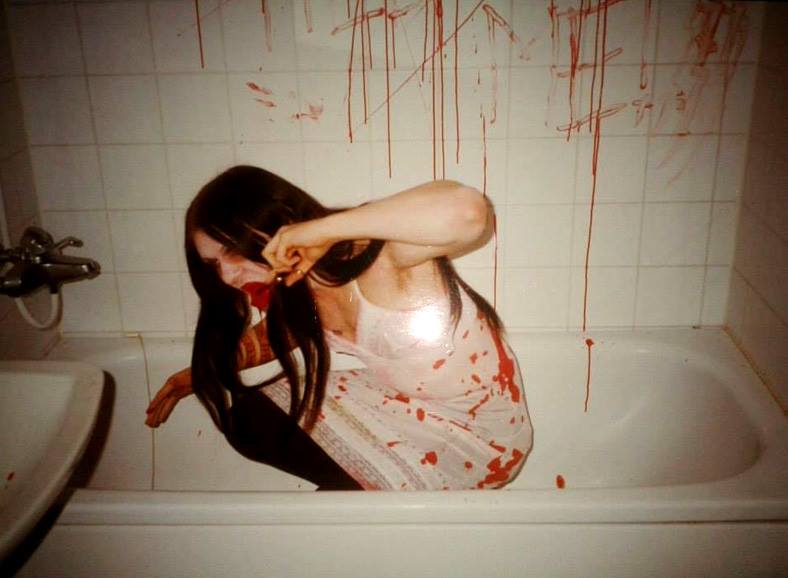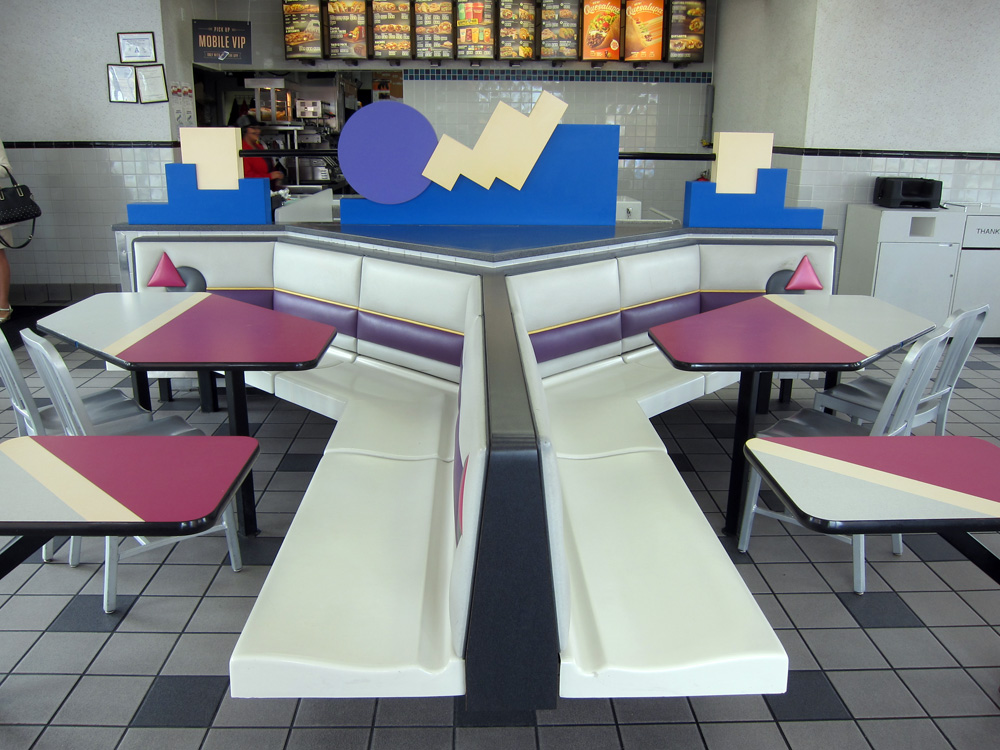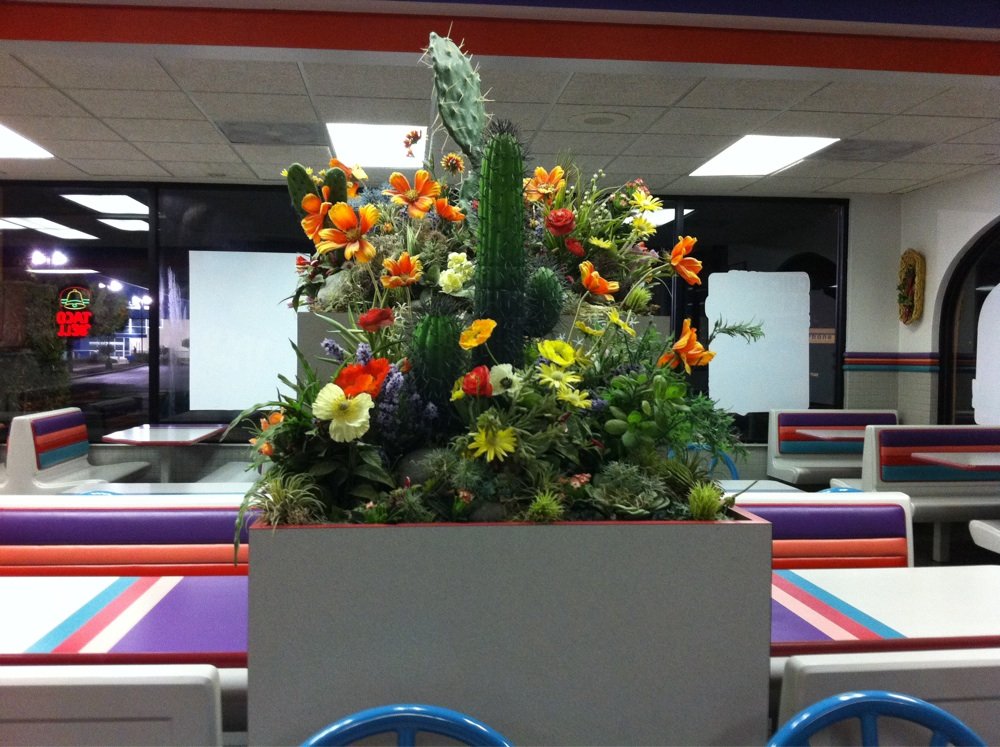
Black River Falls’ Miss Congeniality circa 1890
Between the years 1890 and 1900, something terribly wrong happened to the good people of Black River Falls, Wisconsin. A tiny mining town populated mostly by Norwegian and German immigrants lured by the promise of cheap land, the once-bustling community fell into disrepair in the late 1880s when the inhospitable climate caused the mines to shut down, essentially dooming the town and everyone in it. While the town did ultimately survive, the ensuing decade was merciless to Black River Falls residents. A thick, impenetrable darkness descended on the town as the population withered, succumbing to poverty, disease, madness, murder, and worse.

In 1973, Michael Lesy told the terrible true tale of Black River Falls in Wisconsin Death Trip, a book that juxtaposed stark images shot by photographer Charles Van Schaick, who documented the town’s downward spiral in a series of jarring portraits, with matter-of-fact newspaper reports of all the murder, mayhem, devil-worship, suicide, hauntings and general bedlam that infected the town like a virus. If ever a place was cursed, it was Black River Falls, and Wisconsin Death Trip remains one of the bleakest, most devastating accounts of rural American life ever published. Seriously, this place was essentially Hell on Earth.
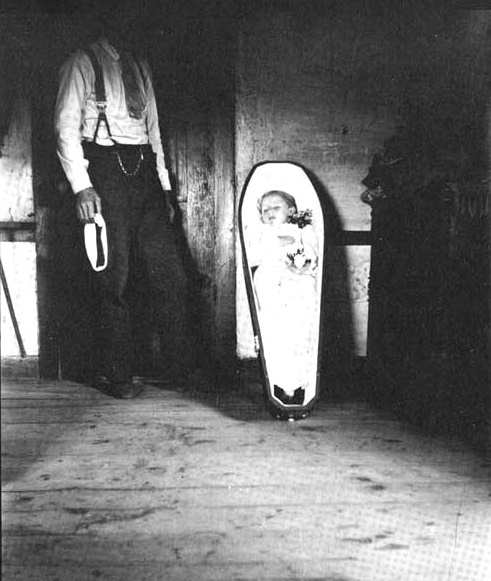
All this and diphtheria, too: a typically unsettling slice of life death in Black River Falls.
Witness, if you will, just a smattering of the horrors within:
A ten-year-old boy and his younger brother run away from home, find a remote farm several miles away and promptly blow the owner’s head off. They spend the rest of the summer frolicking at the ill-gotten farmhouse until the farmer’s brother comes for a visit. The boy is sentenced to life in jail.
A funeral director is suspected of botching a burial. The woman’s body is exhumed and the woman is found to have been buried alive, her fingers bitten half off in madness after discovering her horrific fate.
A sixty-year-old woman, afraid that the rash on her back would kill her, steps into her backyard, douses herself with gasoline and self-immolates.
A young mother takes her three children out for a day at the beach, and then drowns them, one by one, while the others watch. A fifteen-year-old Polish girl burns down her employer’s barn—and his house—because she wanted some “excitement.”
A young German man, having only moved to Black River Falls a month prior, attempts suicide by train, lying down on the tracks and refusing to move. He is finally removed by four men. He later vanishes.
A teenage girl, jilted at the altar by her fiance, goes mad with grief, hanging herself in the local asylum. Meanwhile a young man, also recently jilted, shoots his ex-fiance and then himself. A recently divorced man shoots his ex-wife and her family dead in the crowded town square.
An outbreak of diphtheria kills off a score of local children. The school is closed and the houses of the afflicted burned to the ground. A formerly world famous opera singer moves to town and within a month is reduced to eating chicken feed to survive.
A farmer decapitates all of his chickens and burns down his farmhouse, convinced that the devil has taken over his farm. A drifter is taken in by a kindly family. He has dinner with them and as they sleep, he shoots them all and then himself.
And there’s more, so much more. Just endless misery death, murder, mutilation, arson, starvation, cruelty and unrelenting depression. And all in the space of just a few years.

In 1999, a highly unsettling documentary based on Lesy’s book was released. Also titled Wisconsin Death Trip, it showed the photographs, recounted the newspaper reports, and recreated many of the crimes in black and white, bringing Black River Falls’ grisly past to life. The film also juxtaposes the town’s lunatic ancestors with dead-eyed portraits of the then-current residents, less murderous but still as dazed and depressed as ever, staring blankly into the camera at nursing homes or bus stops, clearly waiting for the Lord or somebody merciful to end their dreary, pointless existences. I would not recommend consuming both the book and the documentary in one sitting unless you have a bucket of Prozac handy, but I will say this: You might think you’re pretty goth ‘n all with your serial killer books and your Bauhaus records, but you are definitely not Black River Falls goth. Those motherfuckers were the real deal.
Watch ‘Wisconsin Death Trip’ after the jump…






